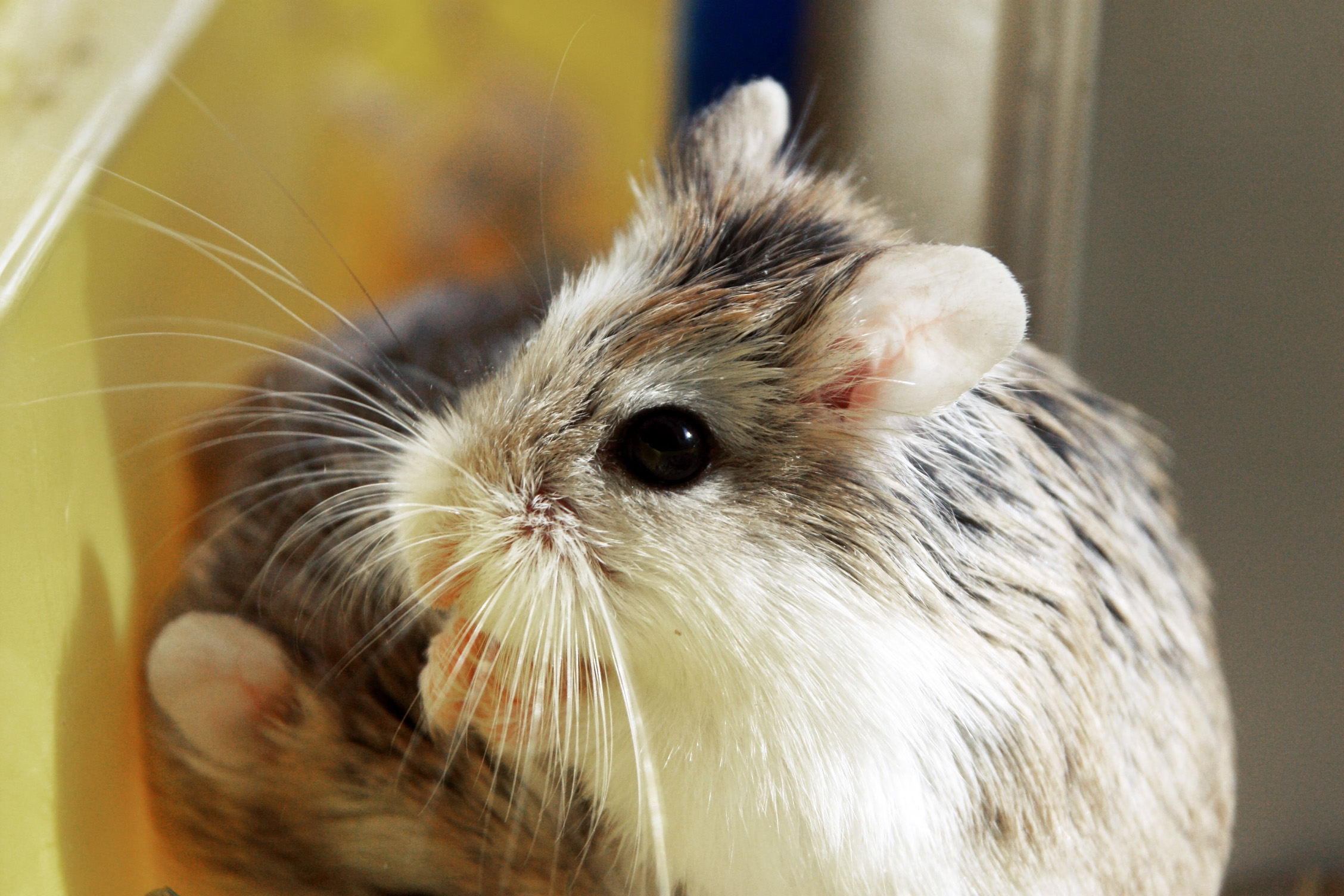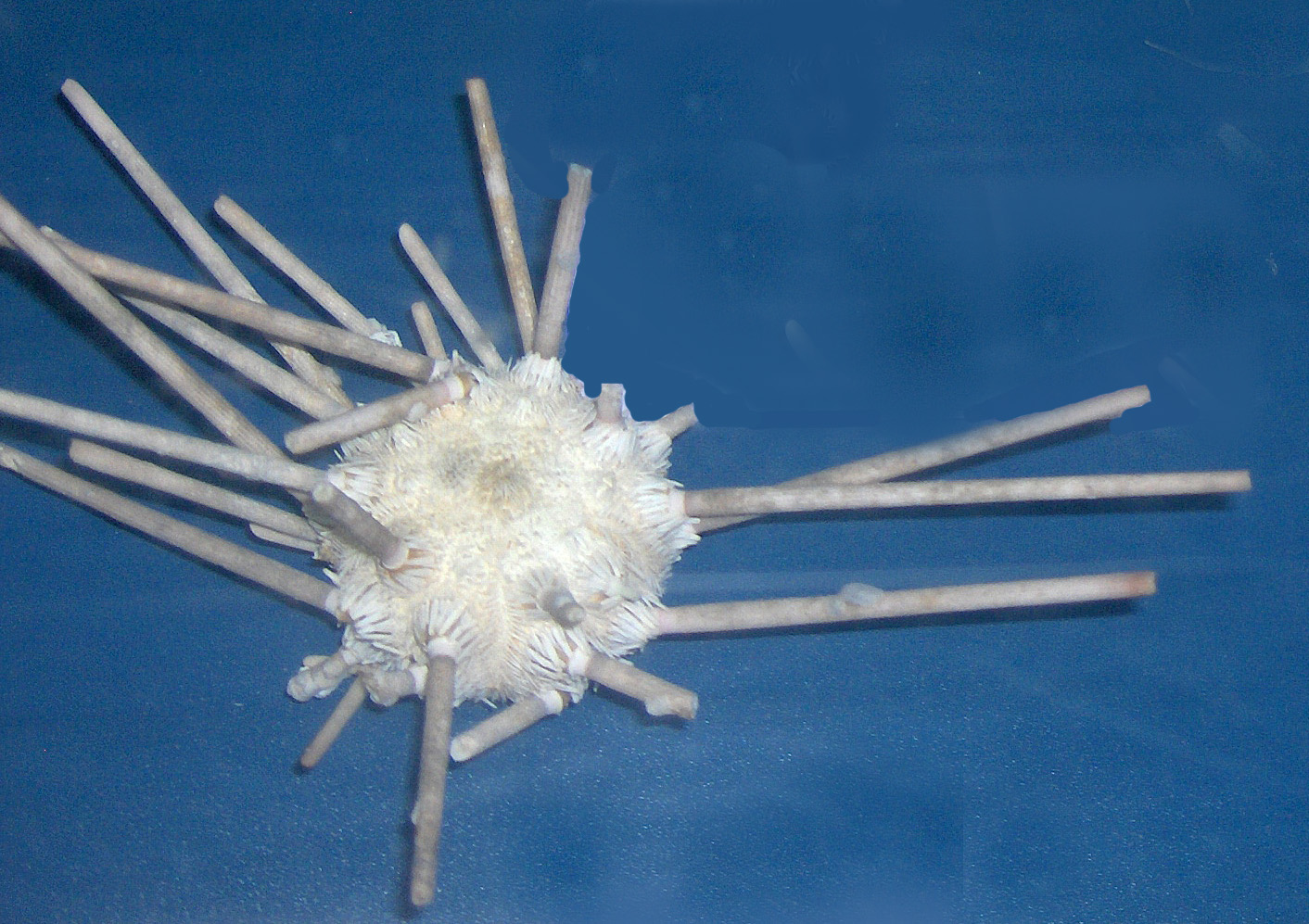|
Cricetulodon
''Cricetulodon'' is an extinct genus of muroid rodent named in 1965. It lived from the Middle Aragonian to the late Turolian The Turolian age is a period of geologic time (9.0–5.3 Ma) within the Miocene used more specifically with European Land Mammal Ages. It precedes the Ruscinian age and follows the Vallesian age. The Turolian overlaps the Tortonian and Messinia .... It is sometimes classified with its close relatives in the '' Cricetodon''-'' Ruscinomys'' group, which lived in total for 17 million years from to approximately . The genus includes the following species: * ''Cricetulodon bugesiensis'' * ''Cricetulodon hartenbergeri'' * ''Cricetulodon lucentensis'' * ''Cricetulodon meini'' * ''Cricetulodon sabadellensis'' References External links''Cricetulodon''at the Paleobiology Database Cricetidae Miocene rodents Prehistoric mammals of Europe {{paleo-rodent-stub ... [...More Info...] [...Related Items...] OR: [Wikipedia] [Google] [Baidu] |
Astaracian
The Astaracian age is a period of geologic time (), equivalent with the Middle Miocene and used more specifically with European Land Mammal Ages. It precedes the Vallesian age and follows the Orleanian age. The Astaracian overlaps the Langhian and Serravallian ages. During the Late Orleanian and Astaracian (), oscillating sea levels resulted in a succession of palaeogeographic changes in the Eastern Mediterranean; the opening and closing of the Tethys seaway resulted in temporary land-bridges between Africa and Eurasia. Three short periods of faunal migrations between the continents can be distinguished: During the Late Orleanian, MN 5 (), a first wave of migrations from Africa correspond to fossil fauna from Greece. The Antonios locality (MN 4/5, ) on the Chalkidiki peninsula includes the small tragulid '' Dorcatherium'', the giraffid '' Palaeomeryx'', and the suiform '' Sanitheres''. The Thymiana locality (MN 5, ) on Chios includes both the giraffid '' Georgiomery ... [...More Info...] [...Related Items...] OR: [Wikipedia] [Google] [Baidu] |
Animal
Animals are multicellular, eukaryotic organisms in the Kingdom (biology), biological kingdom Animalia. With few exceptions, animals Heterotroph, consume organic material, Cellular respiration#Aerobic respiration, breathe oxygen, are Motility, able to move, can Sexual reproduction, reproduce sexually, and go through an ontogenetic stage in which their body consists of a hollow sphere of Cell (biology), cells, the blastula, during Embryogenesis, embryonic development. Over 1.5 million Extant taxon, living animal species have been Species description, described—of which around 1 million are Insecta, insects—but it has been estimated there are over 7 million animal species in total. Animals range in length from to . They have Ecology, complex interactions with each other and their environments, forming intricate food webs. The scientific study of animals is known as zoology. Most living animal species are in Bilateria, a clade whose members have a Symmetry in biology#Bilate ... [...More Info...] [...Related Items...] OR: [Wikipedia] [Google] [Baidu] |
Chordate
A chordate () is an animal of the phylum Chordata (). All chordates possess, at some point during their larval or adult stages, five synapomorphies, or primary physical characteristics, that distinguish them from all the other taxa. These five synapomorphies include a notochord, dorsal hollow nerve cord, endostyle or thyroid, pharyngeal slits, and a post-anal tail. The name “chordate” comes from the first of these synapomorphies, the notochord, which plays a significant role in chordate structure and movement. Chordates are also bilaterally symmetric, have a coelom, possess a circulatory system, and exhibit metameric segmentation. In addition to the morphological characteristics used to define chordates, analysis of genome sequences has identified two conserved signature indels (CSIs) in their proteins: cyclophilin-like protein and mitochondrial inner membrane protease ATP23, which are exclusively shared by all vertebrates, tunicates and cephalochordates. These CSI ... [...More Info...] [...Related Items...] OR: [Wikipedia] [Google] [Baidu] |
Mammal
Mammals () are a group of vertebrate animals constituting the class (biology), class Mammalia (), characterized by the presence of mammary glands which in Female#Mammalian female, females produce milk for feeding (nursing) their young, a neocortex (a region of the brain), fur or hair, and three ossicles, middle ear bones. These characteristics distinguish them from reptiles (including birds) from which they Genetic divergence, diverged in the Carboniferous, over 300 million years ago. Around 6,400 extant taxon, extant species of mammals have been described divided into 29 Order (biology), orders. The largest Order (biology), orders, in terms of number of species, are the rodents, bats, and Eulipotyphla (hedgehogs, Mole (animal), moles, shrews, and others). The next three are the Primates (including humans, apes, monkeys, and others), the Artiodactyla (cetaceans and even-toed ungulates), and the Carnivora (cats, dogs, pinniped, seals, and others). In terms of cladistic ... [...More Info...] [...Related Items...] OR: [Wikipedia] [Google] [Baidu] |
Rodent
Rodents (from Latin , 'to gnaw') are mammals of the Order (biology), order Rodentia (), which are characterized by a single pair of continuously growing incisors in each of the upper and lower jaws. About 40% of all mammal species are rodents. They are native to all major land masses except for New Zealand, Antarctica, and several oceanic islands, though they have subsequently been introduced to most of these land masses by human activity. Rodents are extremely diverse in their ecology and lifestyles and can be found in almost every terrestrial habitat, including human-made environments. Species can be arboreal, fossorial (burrowing), saltatorial/richochetal (leaping on their hind legs), or semiaquatic. However, all rodents share several morphological features, including having only a single upper and lower pair of ever-growing incisors. Well-known rodents include Mouse, mice, rats, squirrels, prairie dogs, porcupines, beavers, guinea pigs, and hamsters. Rabbits, hares, and ... [...More Info...] [...Related Items...] OR: [Wikipedia] [Google] [Baidu] |
Cricetidae
The Cricetidae are a family of rodents in the large and complex superfamily Muroidea. It includes true hamsters, voles, lemmings, muskrats, and New World rats and mice. At almost 608 species, it is the second-largest family of mammals, and has members throughout the Americas, Europe and Asia. Characteristics The cricetids are small mammals, ranging from just in length and in weight in the New World pygmy mouse up to and in the muskrat. The length of their tails varies greatly in relation to their bodies, and they may be either furred or sparsely haired. The fur of most species is brownish in colour, often with a white underbelly, but many other patterns exist, especially in the cricetine and arvicoline subfamilies. Like the Old World mice, cricetids are adapted to a wide range of habitats, from the high Arctic to tropical rainforests and hot deserts. Some are arboreal, with long balancing tails and other adaptations for climbing, while others are semiaquatic, ... [...More Info...] [...Related Items...] OR: [Wikipedia] [Google] [Baidu] |
Genus
Genus ( plural genera ) is a taxonomic rank used in the biological classification of living and fossil organisms as well as viruses. In the hierarchy of biological classification, genus comes above species and below family. In binomial nomenclature, the genus name forms the first part of the binomial species name for each species within the genus. :E.g. '' Panthera leo'' (lion) and '' Panthera onca'' (jaguar) are two species within the genus ''Panthera''. ''Panthera'' is a genus within the family Felidae. The composition of a genus is determined by taxonomists. The standards for genus classification are not strictly codified, so different authorities often produce different classifications for genera. There are some general practices used, however, including the idea that a newly defined genus should fulfill these three criteria to be descriptively useful: # monophyly – all descendants of an ancestral taxon are grouped together (i.e. phylogenetic analysis should c ... [...More Info...] [...Related Items...] OR: [Wikipedia] [Google] [Baidu] |
Muroid Rodent
The Muroidea are a large superfamily of rodents, including mice, rats, voles, hamsters, lemmings, gerbils, and many other relatives. Although the Muroidea originated in Eurasia, they occupy a vast variety of habitats on every continent except Antarctica. Some authorities have placed all members of this group into a single family, Muridae, due to difficulties in determining how the subfamilies are related to one another. Many of the families within the Muroidea superfamily have more variations between the families than between the different clades. A possible explanation for the variations in rodents is because of the location of these rodents; these changes could have been due to radiation or the overall environment they migrated to or originated in. The following taxonomy is based on recent well-supported molecular phylogenies. The muroids are classified in six families, 19 subfamilies, around 280 genera, and at least 1,750 species. Taxonomy *Family Platacanthomyidae ( spiny do ... [...More Info...] [...Related Items...] OR: [Wikipedia] [Google] [Baidu] |
Turolian
The Turolian age is a period of geologic time (9.0–5.3 Ma) within the Miocene used more specifically with European Land Mammal Ages. It precedes the Ruscinian age and follows the Vallesian age. The Turolian overlaps the Tortonian and Messinian The Messinian is in the geologic timescale the last age or uppermost stage of the Miocene. It spans the time between 7.246 ± 0.005 Ma and 5.333 ± 0.005 Ma (million years ago). It follows the Tortonian and is followed by the Zanclean, the fir ... ages. ;References Miocene {{geochronology-stub ... [...More Info...] [...Related Items...] OR: [Wikipedia] [Google] [Baidu] |
Cidaris (journal)
''Cidaris'' is a genus of pencil sea urchins. Species According to the World Register of Marine Species (WoRMS), the genus Cidaris contains the following extant species *''Cidaris abyssicola'' (Agassiz, 1869) *''Cidaris annulata'' (Gray, 1855) *''Cidaris baculosa'' (Lamarck, 1816) *''Cidaris blakei'' (Agassiz 1878) *''Cidaris cidaris'' (Linnaeus, 1758) *''Cidaris mabahissae'' ( Mortensen, 1939) *''Cidaris nuda'' ( Mortensen, 1903) *''Cidaris rugosa'' (Clark, 1907) *''Cidaris thouarsii'' (Agassiz & Desor, 1846) Extinct species or names brought to synonymy * †''Cidaris aculeata'' * †''Cidaris aialensis'' * †''Cidaris alpina'' * †''Cidaris alternata'' * †''Cidaris austriaca'' * †''Cidaris avena'' * †''Cidaris biconica'' * †''Cidaris biformis'' * †''Cidaris braunii'' * †''Cidaris buchii'' * †''Cidaris caudex'' * †''Cidaris cingulata'' * †''Cidaris coralliophila'' * †''Cidaris costalarensis'' * †''Cidaris costata'' * †''Cidaris costeanensis'' * � ... [...More Info...] [...Related Items...] OR: [Wikipedia] [Google] [Baidu] |





